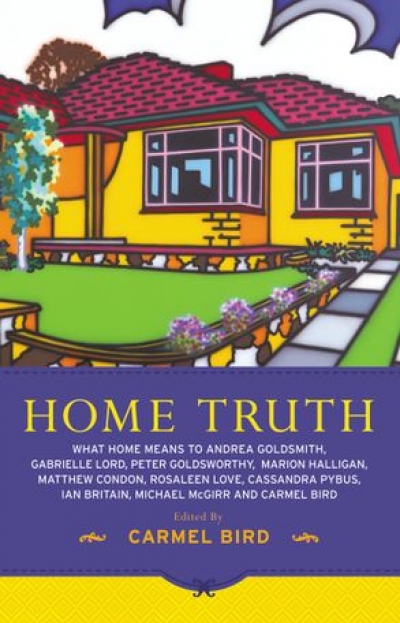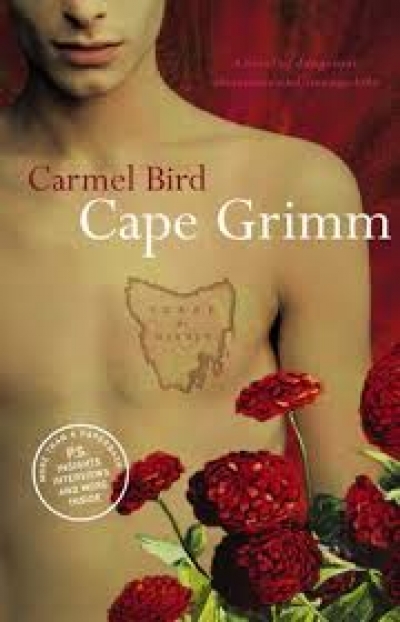Carmel Bird
Why do you write?
It seems to be the only way I can make sense of things. I am often surprised that everybody doesn’t feel like this. It is such a profound thrill to work with fiction and to see the patterns emerge, to feel the rhythm of the story as it develops.
Are you a vivid dreamer?
There’s a thing that happens – I am asleep, but I seem to be awake watching a full colour dramatisation on a kind of screen. If I shut my eyes the scene disappears, but when I open them, it resumes and does not stop.
... (read more)Writing The Story Of Your Life: The ultimate guide by Carmel Bird
by Shirley Walker •






